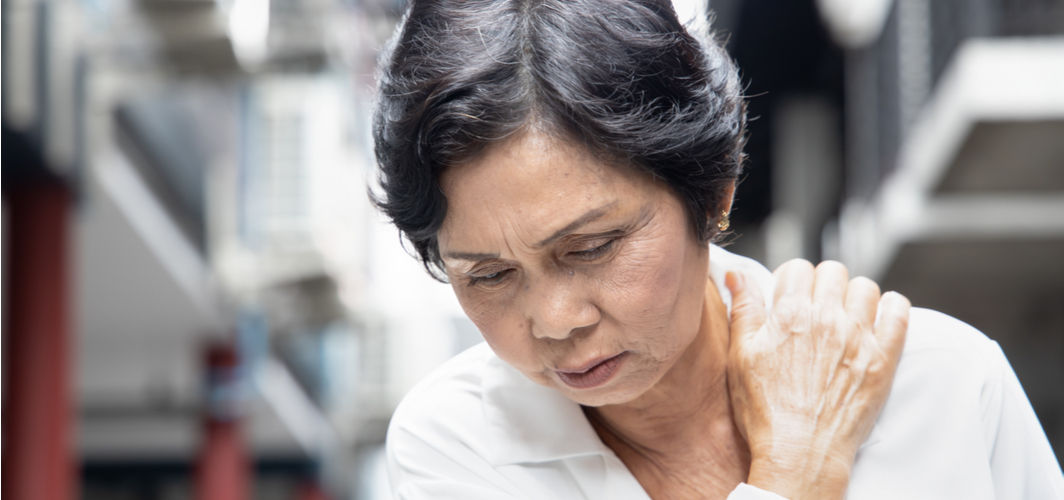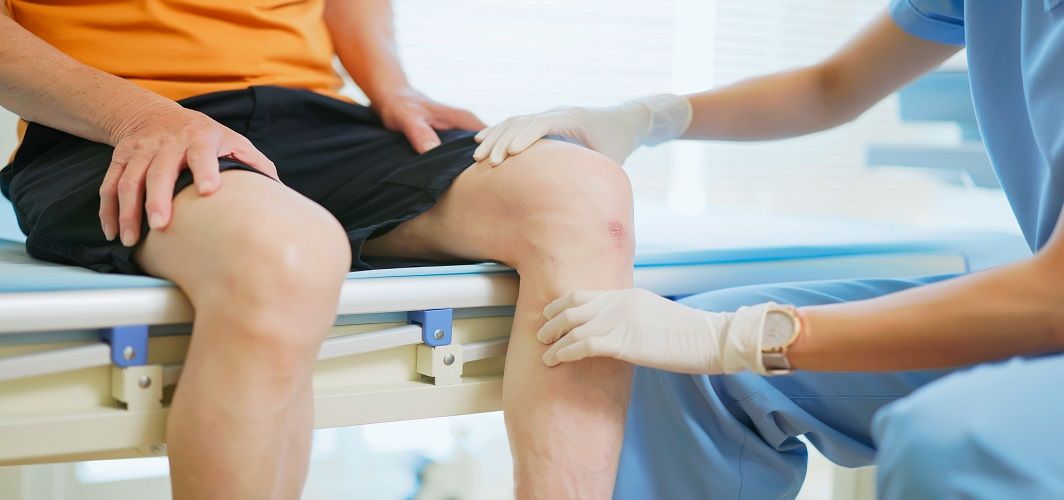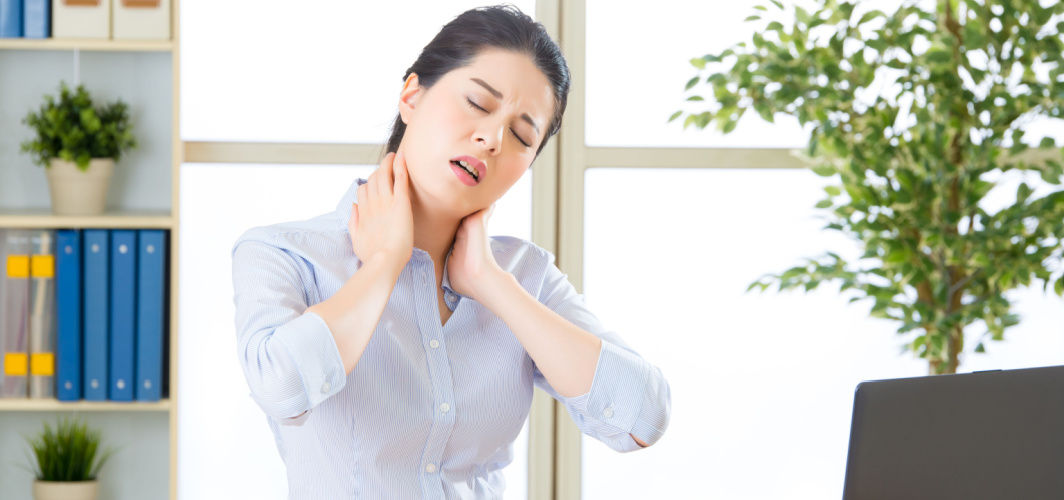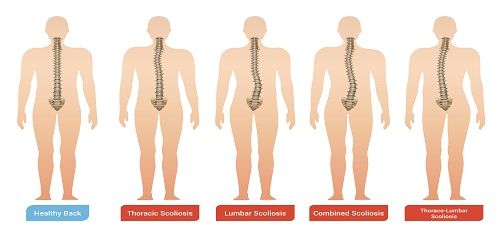Orthopedic Conditions
Osteoporosis: How to Maintain Healthy Bones
4 min read
By Apollo 24/7, Published on - 21 October 2021, Updated on - 18 October 2022
Share this article
1
0 like

World Osteoporosis Day, organized by the International Osteoporosis Foundation, is designated on October 20th every year to raise global awareness of osteoporosis prevention, diagnosis, and treatment. This year, it features the headline “Take action for bone health”. The theme focuses on all age groups to be alert to any risk factors of osteoporosis and take preventive measures to keep the bones healthy through nutrition and exercise.
Understanding osteoporosis
Osteoporosis (porous bones) is a bone disease that occurs when bone mass and bone mineral density decrease. Osteoporosis results in diminished bone strength and hence, people with this condition are at increased risk of fractures. Osteoporosis is an age-related condition that most often affects women than men due to the hormonal changes at menopause that affect bone health. Osteoporosis frequently occurs in women aged 65 years and above.
The early stages of osteoporosis may not cause any symptoms. However, as the condition progresses, it may cause back pain because of a fracture, stooped posture, and loss of height over time. Also, the weakening of the bones makes them break more easily. A fall, lifting an object, or coughing and sneezing can cause fractures easily in people with osteoporosis.
Warning signs of osteoporosis
There are often no symptoms associated with osteoporosis at the early stages. However, a few signs indicating low bone mineral density and the increased risk for osteoporosis include:
- Low bone density – Low bone density, also called osteopenia, is a condition where the bone density becomes low. However, it is not very low enough to be considered osteoporosis. People with low bone density are more likely to develop osteoporosis.
- Bones that break easily – The earliest warning sign of osteoporosis is most often bone fractures and breaks. With the decrease in bone strength, the bones become so weak that even a fall, coughing, and sneezing can cause fractures.
- Poor posture – The weakened spinal bones become narrow and flat, causing posture problems (curvature in the spine).
Signs that indicate osteoporosis
Once the bones are weakened by osteoporosis, one may experience signs and symptoms that include:
- Low back pain or neck pain
- Loss of height over time
- Bent or stooped posture
- Hip, spine, or wrist fractures that result from falls.
Who are at risk for osteoporosis?
The risk for osteoporosis is high in:
- Women above 65 years of age
- Men above 70 years of age
- Adults experiencing a fracture after age 50
- People with a history of osteoporosis and low body weight
- Women experiencing early menopause
- People with small body frames causing low bone mass
- People taking medicines such as steroids, contraceptive injections, and some cancer drugs
- People leading a sedentary lifestyle.
Healthy bone behaviours to lower the risk of osteoporosis
Once bone loss occurs, it cannot be reversed. Hence, prevention is the key. A few tips to prevent bone loss and maintain healthy bones include:
- Consuming calcium-rich foods like milk, cheese, yogurt, green leafy vegetables, fish with bones such as salmon, sardines, and calcium-fortified cereals and orange juice.
- Exposure to sunlight helps in the synthesis of vitamin D, necessary for strong bones and muscles.
- Eating vitamin-D-rich foods such as egg yolks and oily fish like sardines, salmon, and mackerel.
- Indulging in regular exercise to prevent bone loss. Exercises include weight-bearing exercises such as brisk walking, dancing, or jogging and strength training exercises like lifting weights, using weight machines, or elastic bands.
- Quitting smoking and limiting alcohol consumption.
- Engaging in activities for stress relief such as meditation and yoga.
- Maintaining a healthy weight to lower pressure on the bones.
- Taking medications if one is at risk for osteoporosis.
- Visiting the doctor if one experiences a fracture after 50 years of age following a minor fall.
Conclusion
World Osteoporosis Day is a reminder to become proactive about our bone health. Strong bones are vital to remaining mobile, active, and independent. Despite the burden of osteoporosis, it stays a vastly underdiagnosed disease. Therefore, it is crucial to educate oneself and others about the importance of healthy bones in the prevention of osteoporosis and other bone disorders. Steps to maintain healthy bones include exercising regularly, ensuring a diet rich in calcium and vitamin D, avoiding sedentary lifestyle habits, and maintaining a healthy weight.
For any questions on musculoskeletal health including osteoporosis, you can talk to an orthopaedician.
Orthopedic Conditions
Leave Comment
Recommended for you

Orthopedic Conditions
Delay Ageing of Your Knees with These Expert Tips by Apollo’s Orthopaedician
Pain in the knee is one of the most common orthopaedic issues experienced by people as they age. Know what causes the knees to age faster and result in pain.

Orthopedic Conditions
Cervical Spondylosis To Meningitis: Know The 4 Common Causes Of Neck Pain
Neck pain is common, but sometimes it can indicate severe injury and damage. Immediate medical attention is crucial for neck pain caused by inflammation and abnormalities.

Orthopedic Conditions
5 Facts About Scoliosis Every Parent Should Know
Scoliosis is the most prevalent among children and adolescents, usually occurring in children aged 10 to 15. While most scoliosis cases are mild, the condition can worsen and lead to respiratory issues.
Subscribe
Sign up for our free Health Library Daily Newsletter
Get doctor-approved health tips, news, and more.
Visual Stories

How to Keep Your Bones Strong and Healthy Naturally
Tap to continue exploring
Recommended for you

Orthopedic Conditions
Delay Ageing of Your Knees with These Expert Tips by Apollo’s Orthopaedician
Pain in the knee is one of the most common orthopaedic issues experienced by people as they age. Know what causes the knees to age faster and result in pain.

Orthopedic Conditions
Cervical Spondylosis To Meningitis: Know The 4 Common Causes Of Neck Pain
Neck pain is common, but sometimes it can indicate severe injury and damage. Immediate medical attention is crucial for neck pain caused by inflammation and abnormalities.

Orthopedic Conditions
5 Facts About Scoliosis Every Parent Should Know
Scoliosis is the most prevalent among children and adolescents, usually occurring in children aged 10 to 15. While most scoliosis cases are mild, the condition can worsen and lead to respiratory issues.